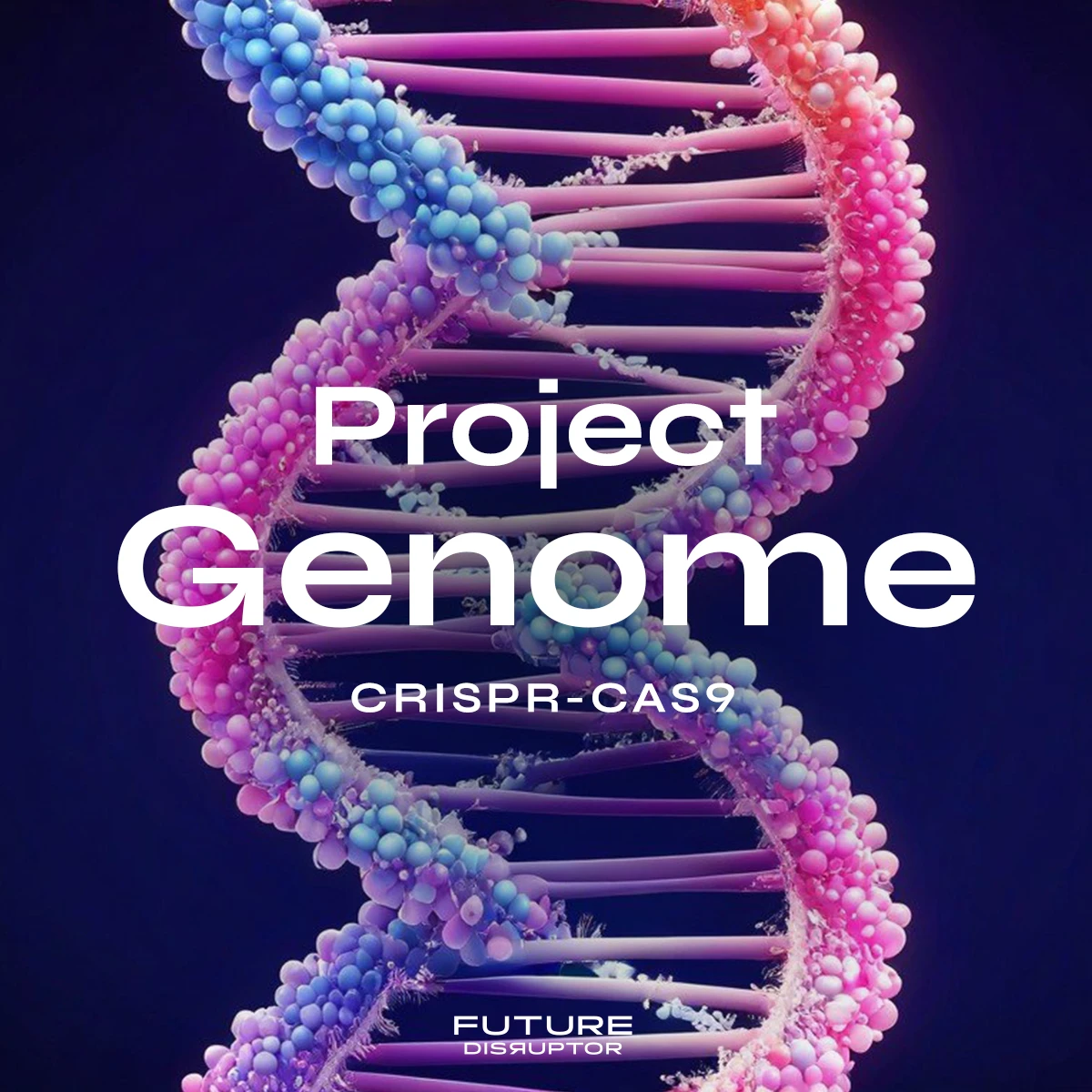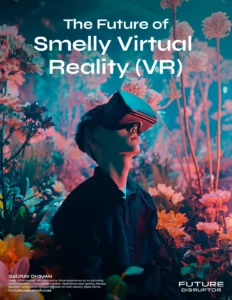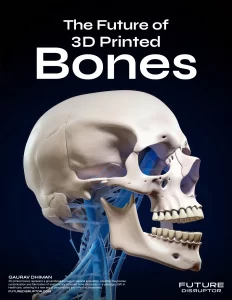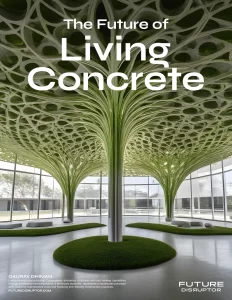Project Genome – CRISPR-Cas9

Ever wondered how “genetic scissors” work? That is the same question on my mind. After reading A Crack in Creation by Jennifer Doudna & Samuel H. Sternberg, and Regenesis by George Church and Ed Regis, curiosity is constantly expanding which led to several documentaries and reading about the advancements in synthetic biology. Utmost fascination lies in acquiring hands-on experience with CRISPR-Cas9, a life-altering technology rewriting the rules of biology.
So here begins an inquisitive project called Project Genome – CRISPR-Cas9, where we at Future Disruptor call for help. CRISPR-Cas9 is a well-guarded technology for the necessary reasons. Would like to work with scientists, researchers, and enthusiasts who have access to CRISPR-Cas9 and collaborate to get answers to these questions:
- Who can access CRISPR-Cas9 technology, and how can we ensure equitable distribution and prevent widening healthcare disparities? Especially for new learners or curious individuals with non-scientific backgrounds.
- Can we ensure CRISPR-Cas9 cuts only the intended DNA sequence without unintended modifications elsewhere in the genome (off-target effects)? Can these be minimized or even eliminated?
- Can it be used for elements beyond living organisms? Like metals (magnesium is the first one on my mind, followed by bismuth) or marble?
- Could CRISPR-Cas9 be used to select desirable traits (intelligence, height, etc.) in offspring, raising concerns about eugenics and discrimination?
- Can we further improve the precision and efficiency of CRISPR-Cas9 editing, reducing off-target effects and expanding its potential applications?
- How can we predict and mitigate the potential long-term consequences of editing the genome within the edited organism and potentially in its offspring or the environment?
- Should we edit the human germline (sperm, egg, or embryo) to pass changes on to future generations? What are the ethical and societal implications of such actions?
- Who sets the ethical and safety standards for CRISPR-Cas9 research and development? How can we ensure international cooperation and prevent unregulated use?
- How can we effectively deliver CRISPR-Cas9 components into specific cells and tissues in the body?
- Can CRISPR-Cas9 be adapted to edit other biological molecules, like RNA or proteins, to open up new therapeutic intervention avenues?
- Could editing organisms unintentionally disrupt ecosystems or create invasive species?
- How can we prevent the misuse of CRISPR-Cas9 for bioterrorism or other malicious purposes?
- How can we involve the public in discussions about CRISPR-Cas9, ensuring informed consent and public trust in the technology?
This project is not for the faint of heart but for the curious mind. Through insightful conversations, engaging experiments, and expert guidance, we aim to unravel the mysteries of this revolutionary tool, one snip at a time.
All findings will be published on Future Disruptor and associated channels. Also, on the contributor’s preferred channel in contextual and visually engaging formats.
Partners, collaborators, and fellow science enthusiasts welcome! Let’s break the barriers, not the genes. Please write to [email protected] to start a conversation.
Subscribe to the Future Disruptor newsletter.





